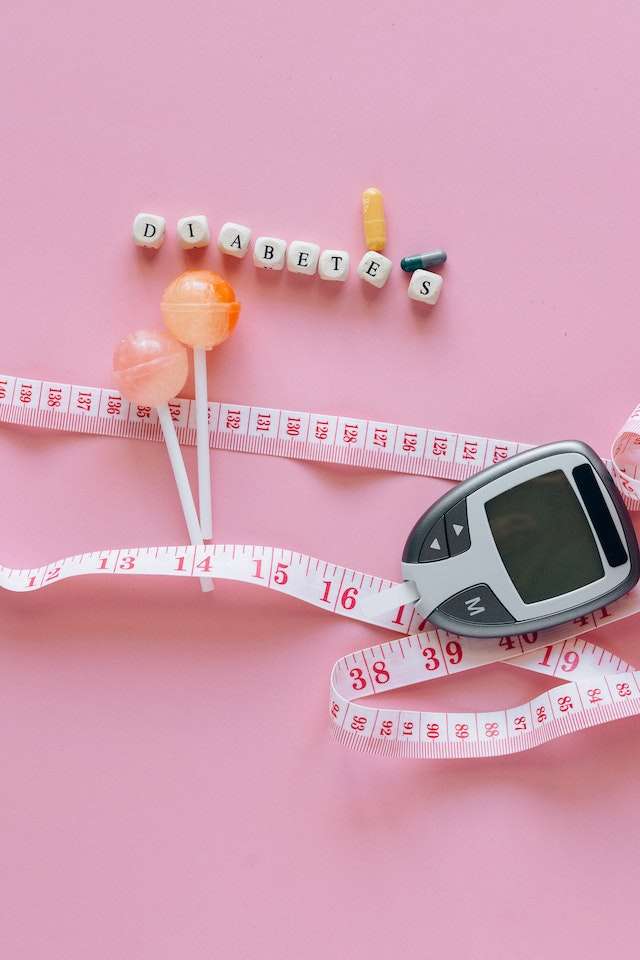
What Role Does Exercise Play in Reversing Pre-diabetes?
Pre-diabetes is a condition in which blood sugar levels are higher than normal but not high enough to be diagnosed as type 2 diabetes. Unfortunately, pre-diabetes can progress to type 2 diabetes if lifestyle changes are not made. While diet and medication are commonly used to manage pre-diabetes, the role of exercise in reversing the condition is often overlooked.
Understanding Pre-Diabetes
Pre-diabetes is a condition where a person’s blood sugar levels are higher than normal but not high enough to be classified as Type 2 diabetes. It is a significant health issue as it can lead to the development of Type 2 diabetes and its associated complications. In this chapter, we will discuss what pre-diabetes is, what causes it, and how it can be diagnosed and managed.
What is Pre-Diabetes?
Pre-diabetes is a common condition where blood sugar levels are higher than normal but not high enough to be classified as diabetes. According to the Centers for Disease Control and Prevention (CDC), over 84 million adults in the United States have pre-diabetes. This condition is often referred to as impaired fasting glucose or impaired glucose tolerance.
What Causes Pre-Diabetes?
Pre-diabetes occurs when the body is unable to use insulin properly. Insulin is a hormone that moves sugar from the blood into the cells of the body, where it is used for energy. When the body is unable to use insulin efficiently, it leads to high blood sugar levels.
Some of the risk factors for pre-diabetes include being overweight or obese, having a family history of diabetes, being over the age of 45, and having high blood pressure or high cholesterol levels. In addition, physical inactivity, poor diet, and smoking can also increase the risk of developing pre-diabetes.
Diagnosis and Management of Pre-Diabetes
Pre-diabetes can be diagnosed through blood tests that measure blood sugar levels after a person has fasted for at least eight hours. The two most common tests used to diagnose pre-diabetes are the A1C test and the fasting plasma glucose test. The A1C test measures the average blood sugar level over the past two to three months, while the fasting plasma glucose test measures blood sugar levels after an overnight fast.
Once diagnosed, the goal of managing pre-diabetes is to prevent or delay the onset of Type 2 diabetes. This can be achieved through lifestyle modifications such as maintaining a healthy weight, following a healthy diet, increasing physical activity, and quitting smoking. In some cases, medication may also be prescribed to help control blood sugar levels.
The Dangers of Progression to Type 2 Diabetes
- Type 2 diabetes is a chronic condition that can cause a host of serious health problems, including heart disease, kidney disease, blindness, and limb amputations.
- If left untreated, pre-diabetes can progress to type 2 diabetes in just a few years. In fact, around 15-30% of individuals with pre-diabetes develop type 2 diabetes within five years.
- Once diagnosed with type 2 diabetes, lifestyle changes and/or medication may be necessary to manage the condition, and this can be both physically and financially taxing.
The Benefits of Prevention
- By preventing pre-diabetes from progressing to type 2 diabetes through lifestyle changes, you can help reduce your risk of developing the associated health problems.
- Prevention can also mean avoiding the need for medication and other treatments associated with type 2 diabetes.
- The good news is that lifestyle changes, including healthy eating, regular physical activity, and weight loss, can significantly reduce the risk of progression to type 2 diabetes.
The Importance of Early Diagnosis and Treatment
- Early diagnosis of pre-diabetes is essential for prevention. Simple blood tests can detect pre-diabetes, and individuals who are diagnosed can take action to prevent progression to type 2 diabetes.
- Treatment for pre-diabetes may include lifestyle changes like those mentioned above, as well as medication in some cases.
- Diabetes educators and other healthcare professionals can help individuals with pre-diabetes make the necessary lifestyle changes and provide support for ongoing prevention efforts.
How Exercise Works in Reversing Pre-Diabetes:
1. Boosts insulin sensitivity: Insulin is a hormone produced by the pancreas that helps to regulate blood sugar levels. In pre-diabetes, the body becomes resistant to insulin, and as a result, it is unable to use it effectively. Exercise helps to increase the body’s sensitivity to insulin, making it easier for the cells to use glucose for energy.
2. Reduces fat deposits: Excess body fat, especially around the waist, is a risk factor for pre-diabetes. Exercise helps to burn calories and reduce body fat. As a result, this reduces the risk of pre-diabetes and helps to reverse it.
3. Promotes weight loss: Exercise helps to burn calories, which promotes weight loss. This is crucial in reversing pre-diabetes because losing just 5-10% of your body weight can significantly improve blood sugar levels.
4. Strengthens the heart: Pre-diabetes, just like diabetes, can damage many organs, including the heart. Exercise helps to make the heart stronger and more efficient, which reduces the risk of heart diseases.
5. Improves energy levels: Exercise helps to improve overall fitness and energy levels, which makes it easier to perform daily activities.
Designing Your Exercise Plan
When designing an exercise plan, it is essential to take into account several factors such as age, fitness level, and medical history. These factors will determine the intensity, duration, and frequency of your exercise program.
Types of Exercise for Pre-diabetes
There are three main types of exercise that you should include in your exercise plan: aerobic exercise, strength training, and flexibility exercises. Aerobic exercise such as brisk walking, cycling, and swimming helps to improve cardiovascular fitness and manage blood sugar levels. Strength training, on the other hand, helps to build muscle and boost metabolism. Flexibility exercises such as yoga and stretching help to improve range of motion and reduce the risk of injury.
How Much Exercise is Enough?
The American Diabetes Association recommends at least 150 minutes of moderate-intensity aerobic exercise per week, spread over three to five days. In addition, resistance training should be done at least twice a week, with at least one set of 10-15 repetitions per exercise. It is also essential to avoid prolonged periods of sitting and to get up and move around every 30 minutes.
Getting Started with Exercise
If you are new to exercise, it is essential to start slowly and gradually increase the intensity and duration. Consult with your healthcare provider before starting any exercise program. Consider working with a certified personal trainer who has experience working with people with pre-diabetes. Remember that exercise should be enjoyable and sustainable, so choose activities that you enjoy and fit into your lifestyle.
Conclusion
Pre-diabetes is a condition that can be reversed through lifestyle changes, including regular exercise. Exercise can improve insulin sensitivity, promote weight loss, improve cardiovascular health, and reduce the risk of developing type 2 diabetes. By incorporating exercise into your daily routine, you can take control of your health and prevent the progression of pre-diabetes.
FAQ
Can a blood sugar supplement reverse pre-diabetes?
- While blood sugar supplements cannot cure pre-diabetes, they can help in controlling blood sugar levels and prevent the condition from progressing to type 2 diabetes.
How much exercise is needed to reverse pre-diabetes?
- Experts recommend at least 150 minutes of moderate-intensity exercise or 75 minutes of vigorous-intensity exercise per week to help manage blood sugar levels and reverse pre-diabetes.
Should I consult my healthcare provider before starting an exercise program?
- It is always recommended to consult a healthcare provider before starting any exercise program, especially if you have pre-existing medical conditions such as diabetes or heart disease.
How long does it take to see the results of lifestyle changes such as exercise and diet in controlling blood sugar levels?
- The results of lifestyle changes may vary for each individual. However, incorporating regular exercise and a healthy diet can help lower blood sugar levels and improve overall health. It is important to stay consistent and monitor your progress with your healthcare provider.


